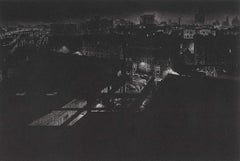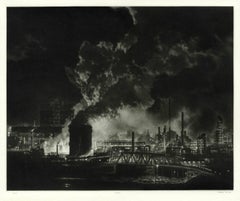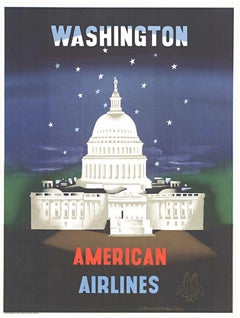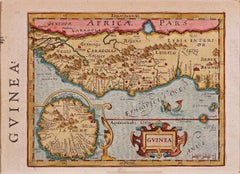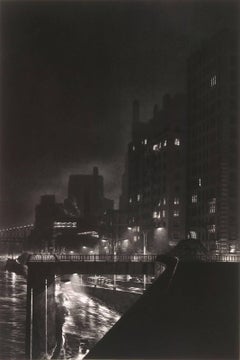Craig McPherson More Prints
Craig McPherson was born in Wichita, Kansas, in 1948. After receiving a bachelor of fine arts degree at the University of Kansas, in 1970, he spent the following years curating and lecturing for the National Endowment for the Arts. He was the director of the Michigan Artrain, before taking up residence in New York, in 1975, to develop his career as an artist. His work has been exhibited in one-man gallery shows in New York, where he is represented by Forum Gallery and in group shows, all over the world. His body of work also includes a number of corporate and museum commissions. In 1998, he had his first museum retrospective at The Fitzwilliam Museum, in Cambridge, England. The show traveled to The Hunterian Museum in Glasgow, Scotland. In 2008, McPherson was commissioned by the Frick Museum to create an exhibition reflecting the heritage of steel production in Pittsburgh, as part of Pittsburgh’s 250th-anniversary celebration. His most recent show at Forum Gallery, "Steel/Stage" focused on images from heavy industry, experimental theater and theater interiors. Since the mid-90s, McPherson has been working with a broad range of imagery, including landscape, natural phenomenon, near abstraction and the human figure. He has combined metaphoric elements and performers from the experimental theater. The New York Times critic, Ken Johnson, called his 2001 show featuring a 60-foot pastel of water, "a spectacular tour de force." He wrote It verges on abstraction, yet produces an enveloping cinematically lush effect. Craig's work is included in numerous museum, corporate and private collections in the U.S. and abroad.
1980s Contemporary Craig McPherson More Prints
Mezzotint
1990s American Modern Craig McPherson More Prints
Mezzotint
1940s American Modern Craig McPherson More Prints
Lithograph
1630s Craig McPherson More Prints
Engraving
Early 2000s American Modern Craig McPherson More Prints
Lithograph
1780s Craig McPherson More Prints
Engraving
1960s American Modern Craig McPherson More Prints
Offset
1990s American Modern Craig McPherson More Prints
Lithograph
1960s American Modern Craig McPherson More Prints
Offset
1960s American Modern Craig McPherson More Prints
Offset
1780s Craig McPherson More Prints
Engraving
16th Century Old Masters Craig McPherson More Prints
Engraving
1970s Photorealist Craig McPherson More Prints
Mezzotint
16th Century Old Masters Craig McPherson More Prints
Engraving
1990s Contemporary Craig McPherson More Prints
Mezzotint
